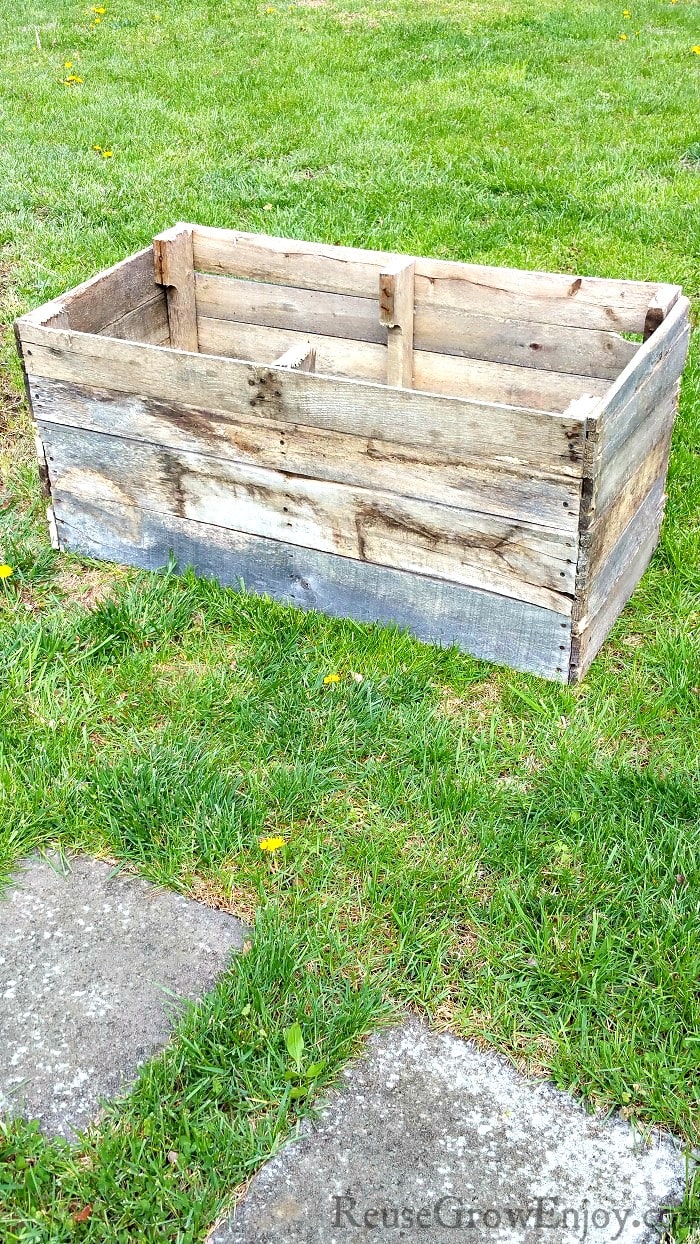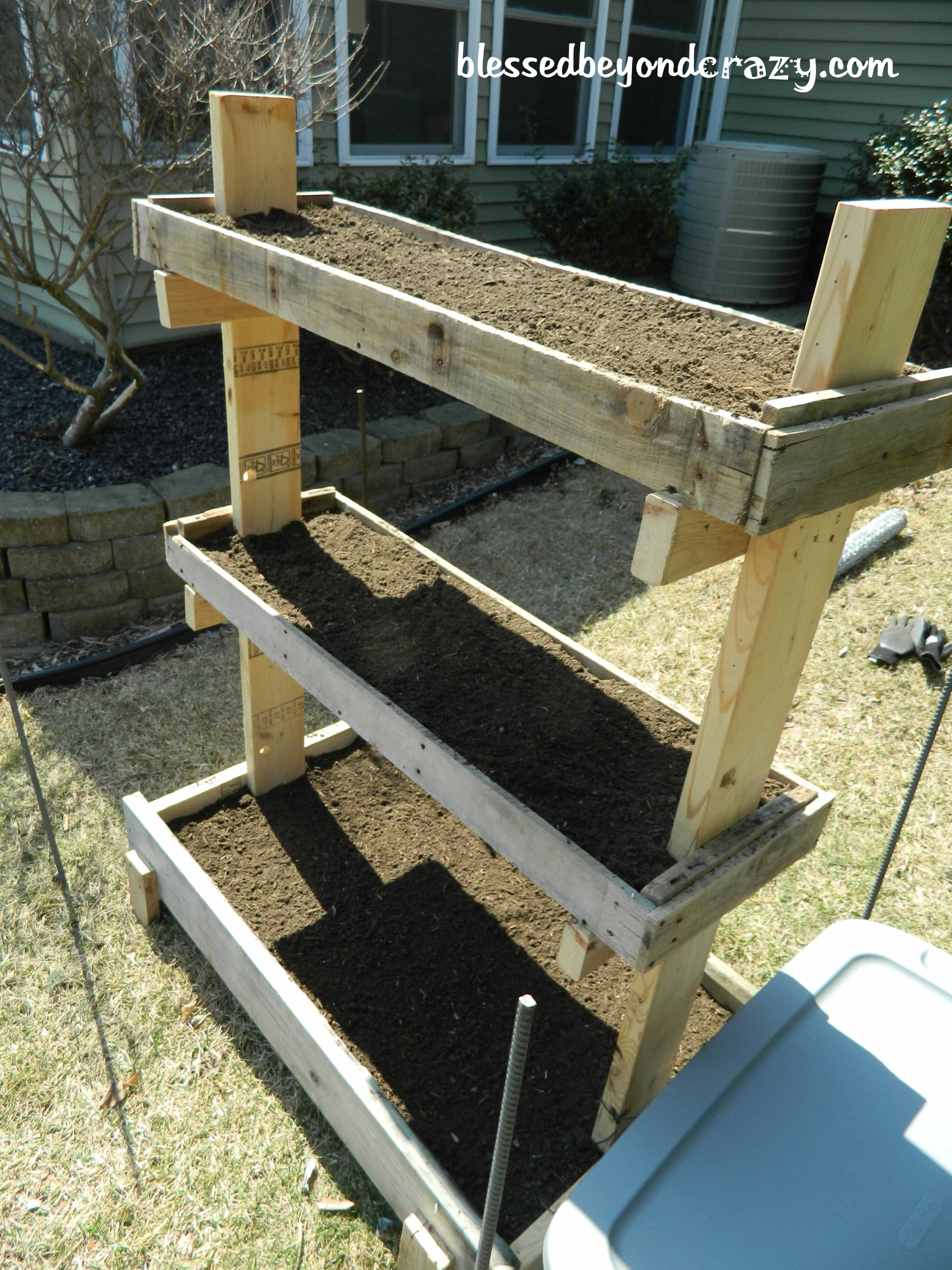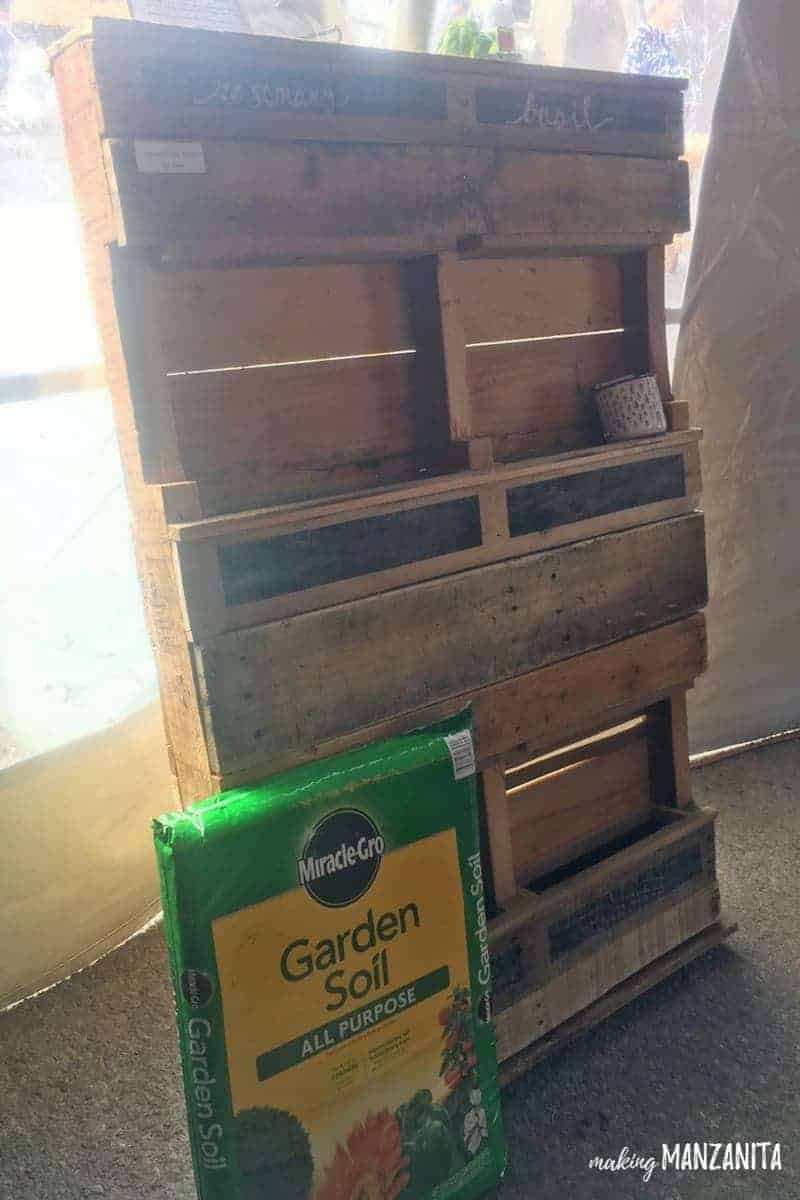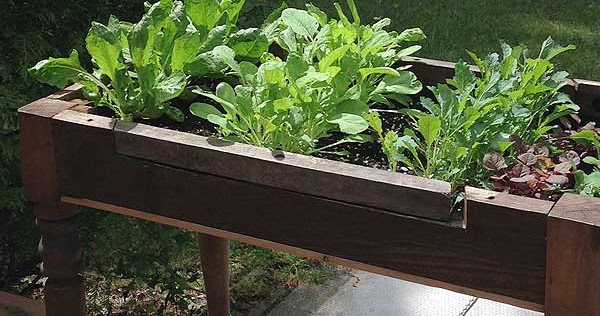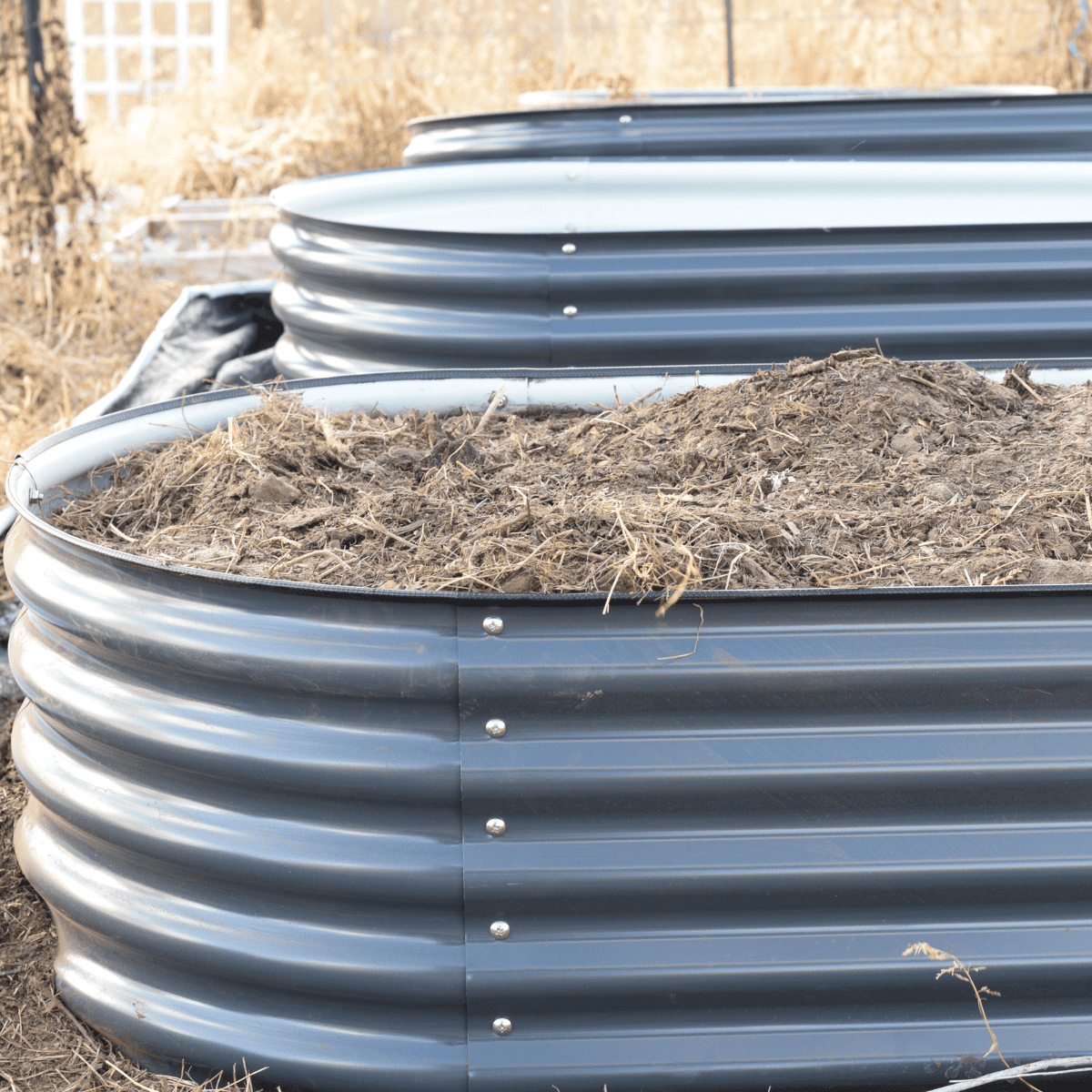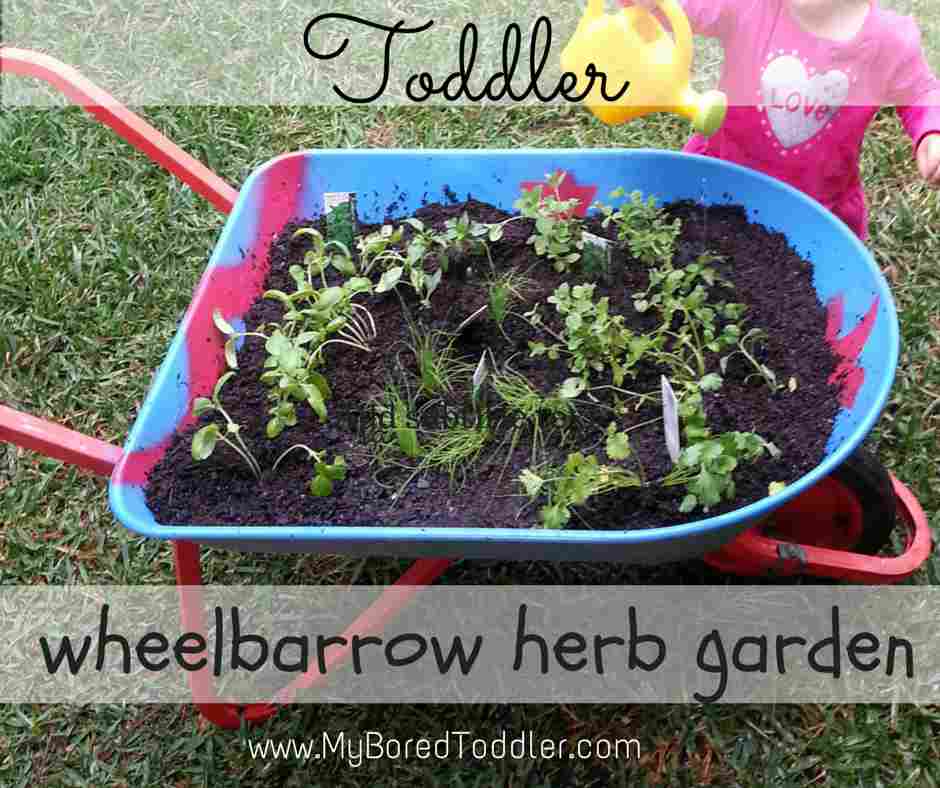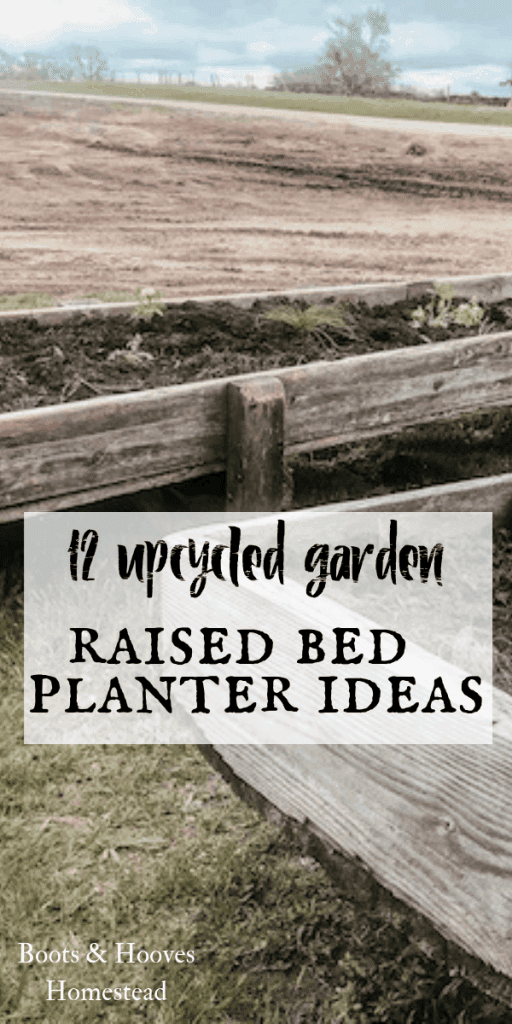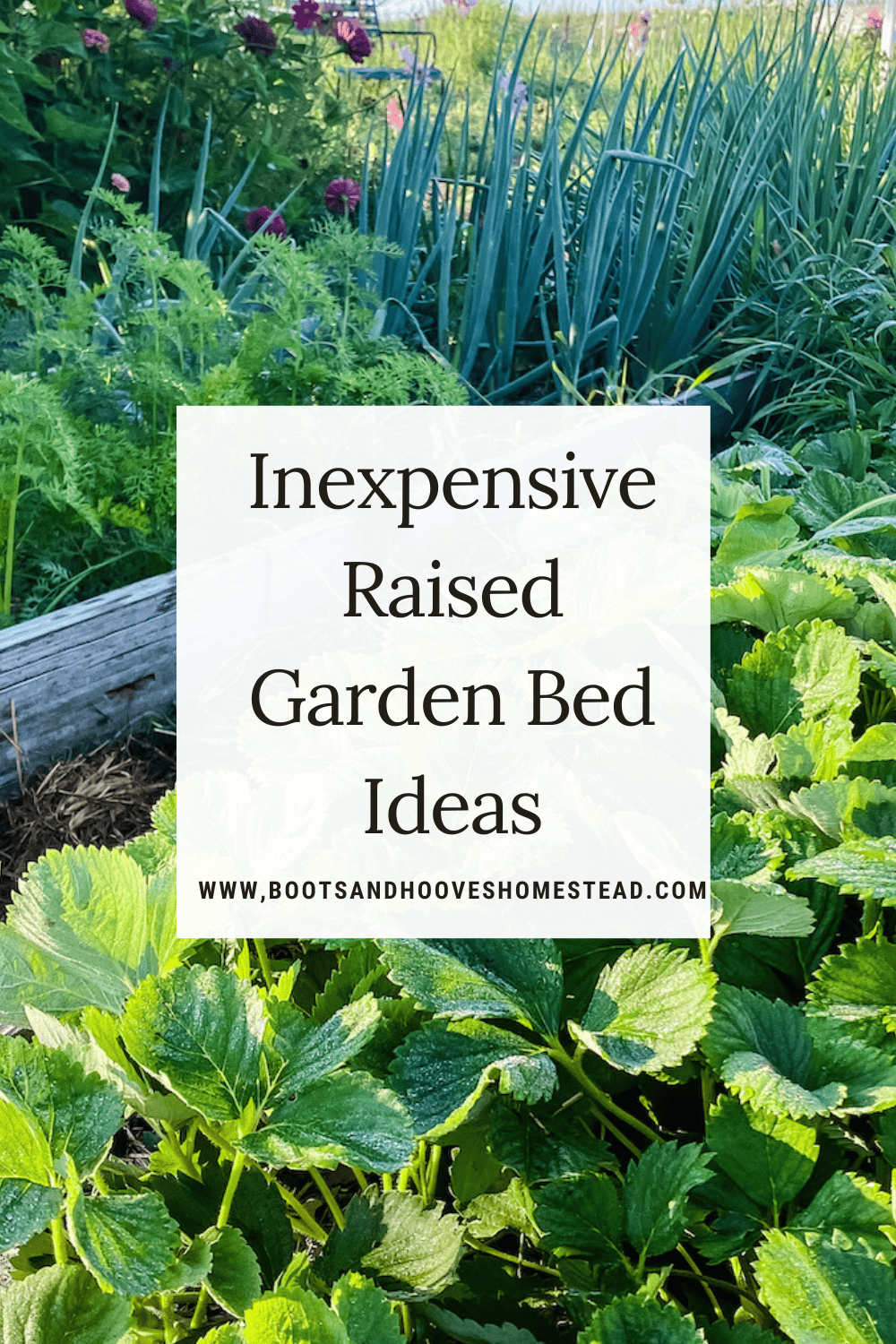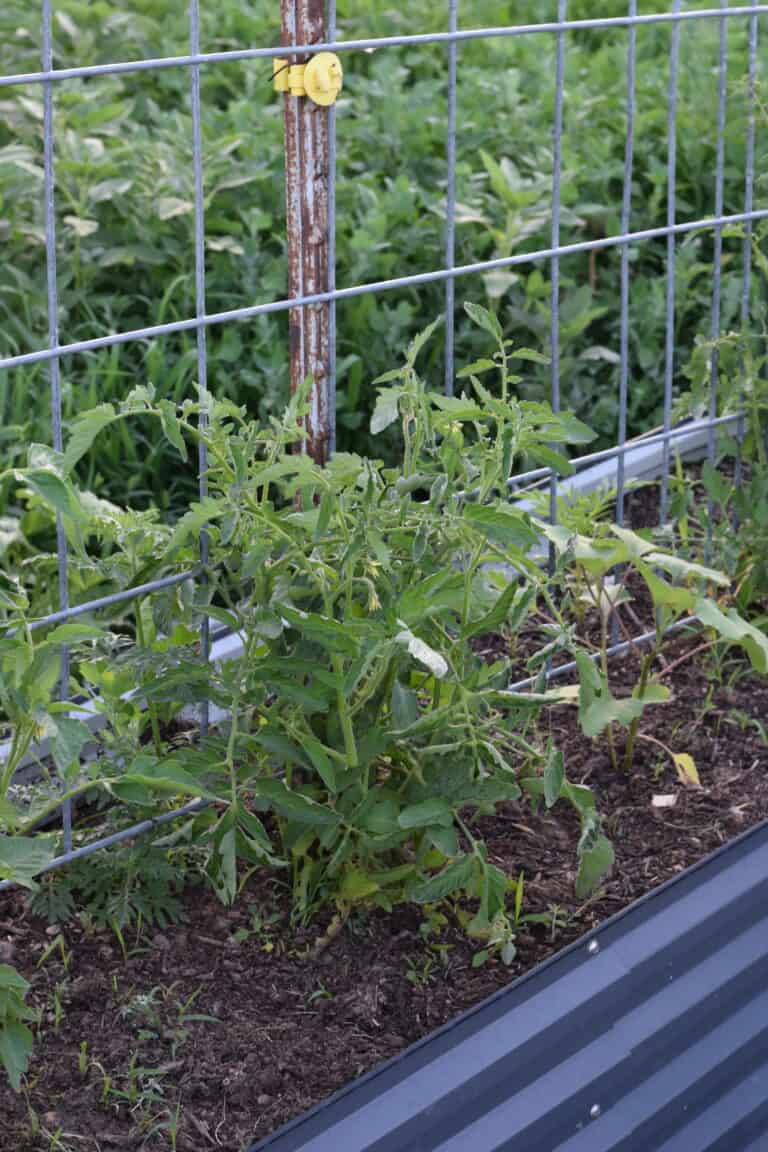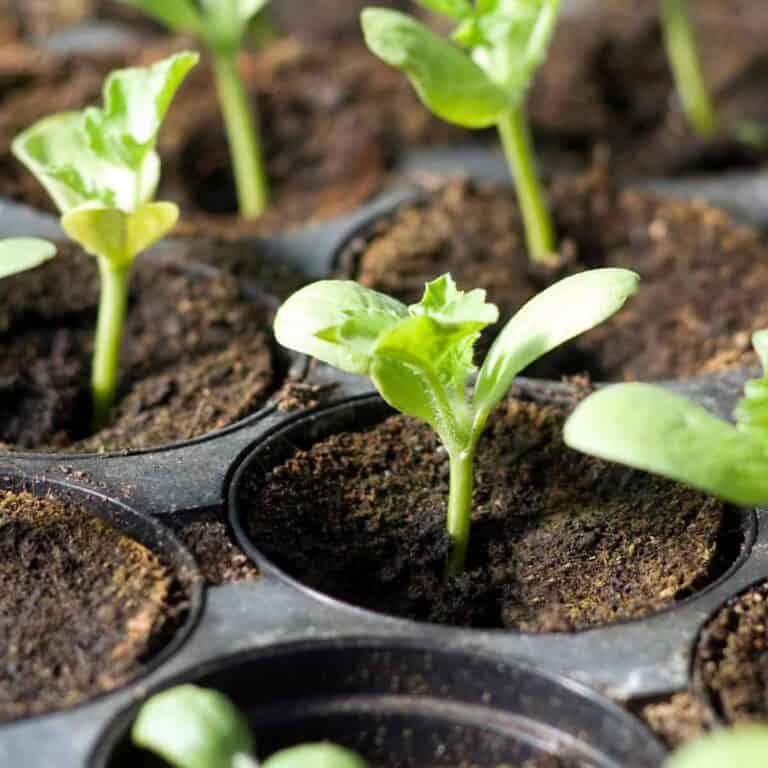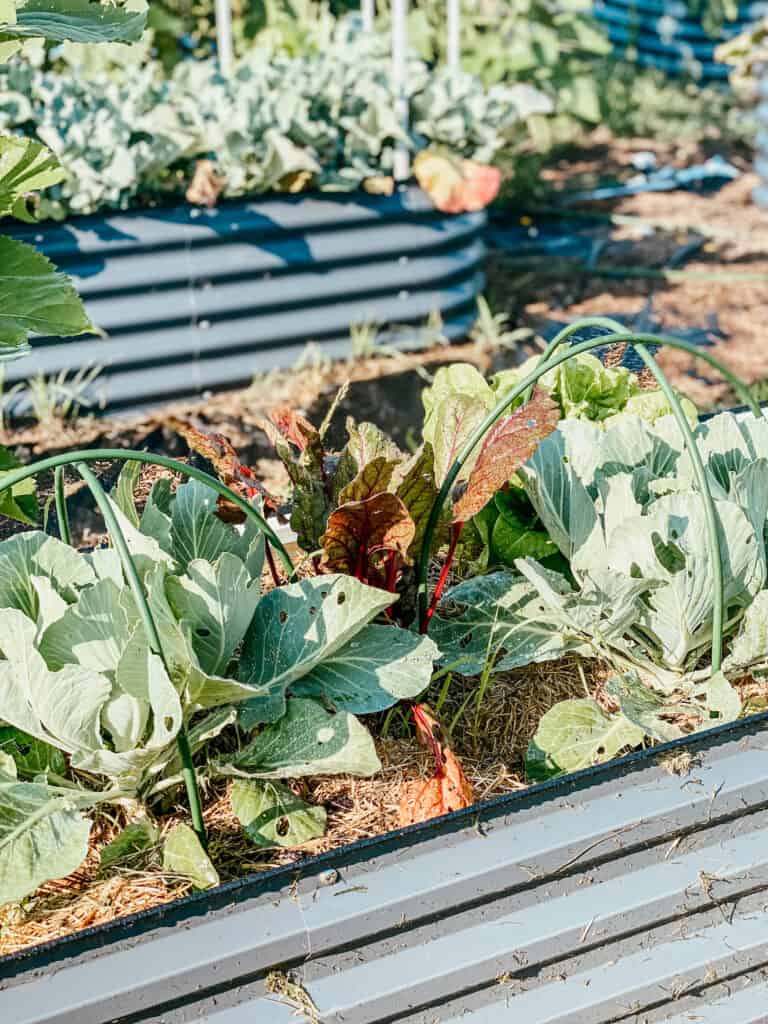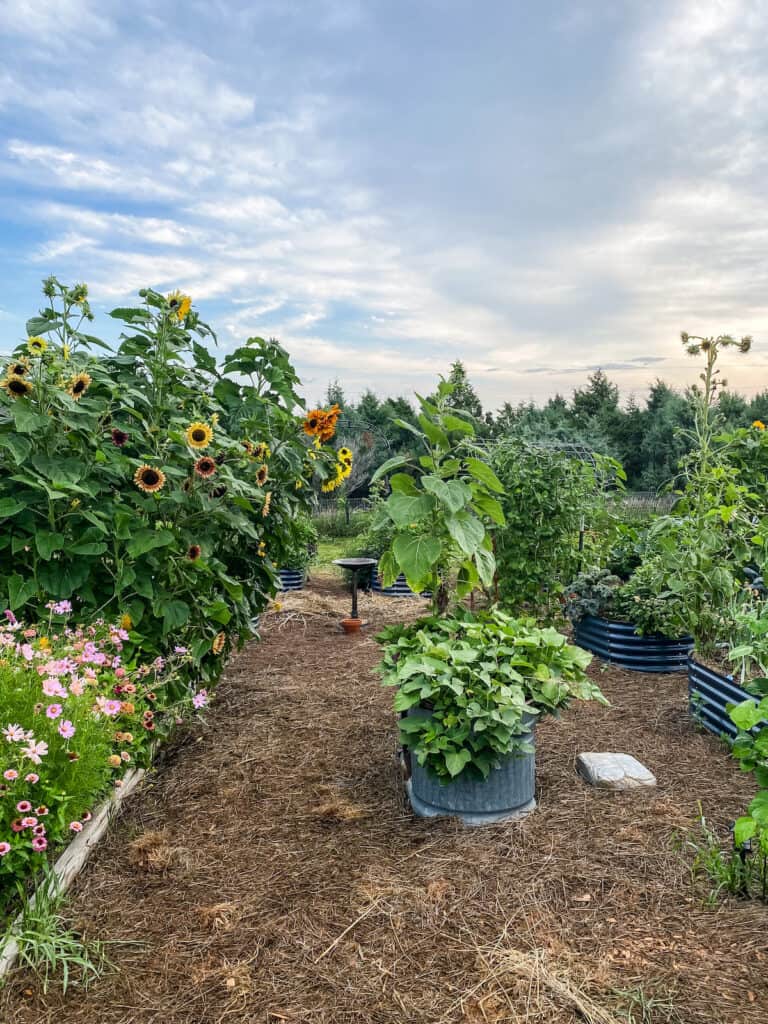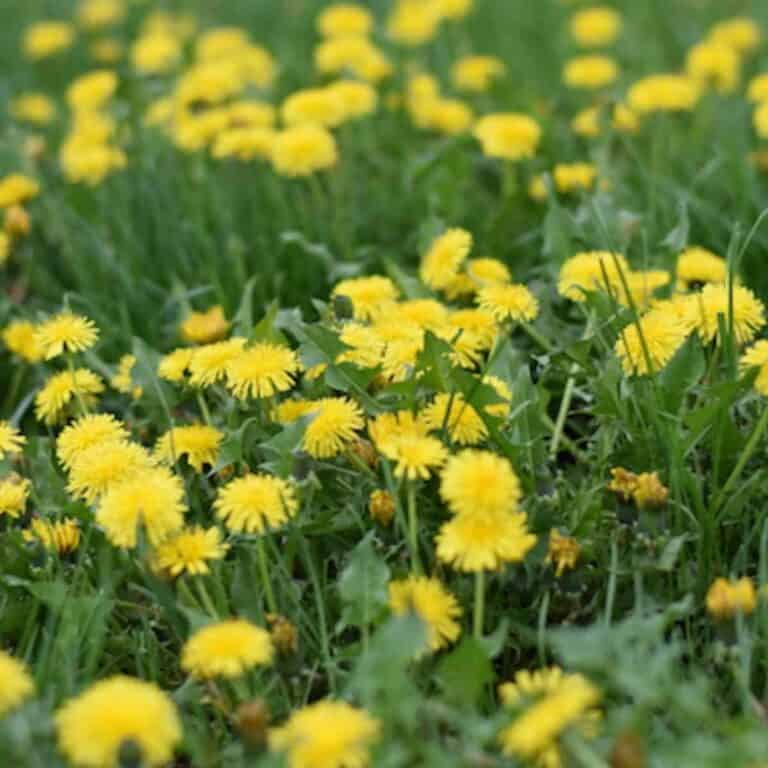Easy & Inexpensive DIY Raised Garden Bed Ideas
Build your ultimate garden no matter where you live! Find inspiration with these creative, easy & inexpensive DIY raised garden bed ideas.
While we have been patiently waiting on the new home to wrap up, our garden plans have been scaled way back. But I still wanted to make sure I had a few essentials growing.
So, we are doing a couple of small (ish) planters out of old cattle feed bunks that my husband found on the ranch. I am sharing what we are doing with the bunks and I also have a few other upcycled planter ideas that you’ll love!
Update: this post was originally written in May, 2020. It is updated with additional raised beds ideas and helpful tips for building your home garden.
I love the idea of finding something old and giving it new life. And who doesn’t love to build something frugal using repurposed materials?
So these up-cycled ideas for the garden are great ways to use up what you have or sourcing some inexpensive materials. It will make any budget conscious DIY’er happy!
Our garden has evolved over the past four years by starting out slowly with frugal and DIY projects. It now currently has a combination of DIY + galvanized metal raised beds.
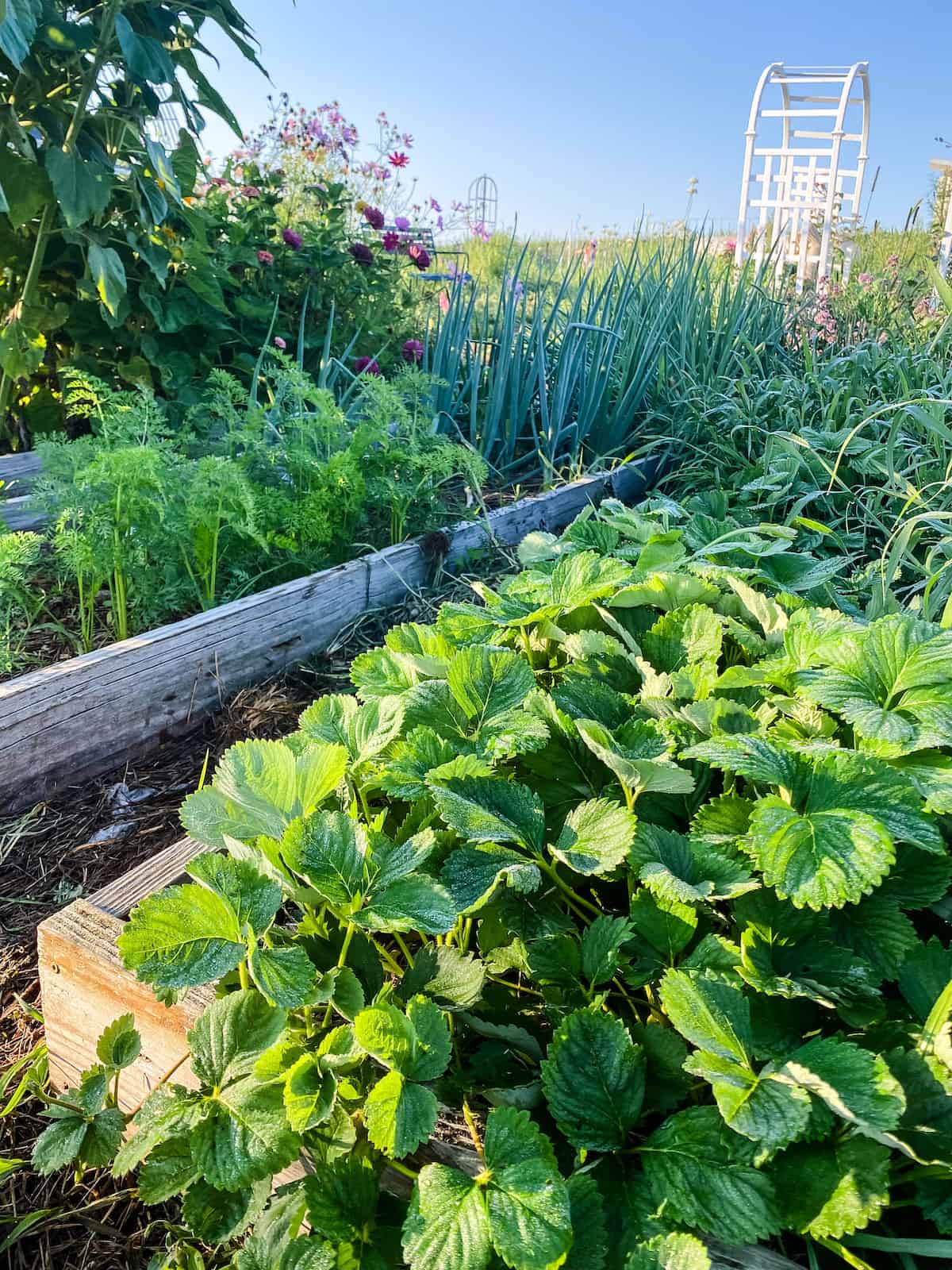
I think that one thing that is very helpful for a beginner gardener is to not allow yourself to get overwhelmed. Start slowly and build up your garden over time.
My very first garden was not exactly a traditional garden. It was one built simply with a couple of pots of tomatoes, peppers, and herbs on my apartment balcony before I got married.
Now as I get older, I’m looking for something easier to access and that will last long term for my aging back. lol
So, we have been slowly added a few metal raised beds each year.
Learn about the benefits of raised bed gardening here.

20 Frugal Raised Bed Ideas for Your Garden
Here are 20 frugal raised bed garden ideas that are great for any skill level, space size, and with many inexpensive options.
- Pallet Beds: Use old wood pallets to create raised beds. They can often be obtained for free or at a low cost. Be sure to check that they are not chemically treated wood.
- Concrete Blocks: Stack concrete blocks to form the walls of your raised bed. They are durable and inexpensive for your garden area.
- Straw Bales: Arrange straw bales in a rectangular shape, creating a natural raised bed. They decompose over time, adding organic matter to the soil.
- Railroad Ties: If available locally and at a reasonable cost, railroad ties can be used to create long-lasting raised beds. Again, check how they are treated to ensure you don’t have chemicals leach into your soil.
- Cinder Blocks: Similar to concrete blocks, cinder blocks are affordable and provide a sturdy structure for raised beds.
- Recycled Tires: Stack old tires in layers, filling each with soil. This is an upcycling solution that can create interesting, tiered beds.
- Reclaimed Wood: Use old pallets, discarded wood from construction sites, or other reclaimed wood to construct your raised beds.
- Log Beds: Arrange logs or fallen branches to create a rustic and natural-looking raised bed.
- Feed bunks or tanks: Convert old cattle or other livestock feeders or stock tanks into raised beds for your garden.
- Garden Fabric Bags: Reusable fabric bags designed for gardening are portable and budget-friendly. I love to grow potatoes in grow bags.
- Tin Tubs or Bins: Old metal tubs or bins can be repurposed into raised beds, offering a unique and visually appealing touch.
- Brick Beds: Salvaged bricks or bricks obtained inexpensively can be used to create attractive and durable raised beds.
- Gabion Beds: Use wire cages filled with rocks to create raised beds. This provides good drainage and a modern aesthetic.
- Wooden Pallet Collars: Re-purpose wooden pallet collars as easy-to-assemble raised bed frames.
- Recycled Plastic Barrels: Cut plastic barrels in half and use them as raised beds. Ensure proper drainage holes at the bottom.
- Burlap Sacks: Fill burlap sacks with soil and arrange them in a rectangular shape for a temporary and frugal raised bed.
- Concrete Tube Forms: Cut large concrete tube forms into sections and use them as circular raised beds.
- Bamboo Beds: Use bamboo poles tied together to create a simple and cost-effective raised bed.
- Old Furniture: Repurpose old dressers, shelves, or other furniture items or even an old bathtub into unique raised beds.
- PVC Pipe Beds: Create a raised bed frame using PVC pipes and connectors, a lightweight and inexpensive option.
Remember to consider the safety and environmental impact of materials you choose and ensure they are suitable for growing plants. Whenever possible be sure to choose natural materials or those not specifically chemically treated.
A simple wood frame or large stones make an excellent cheap raised garden bed.
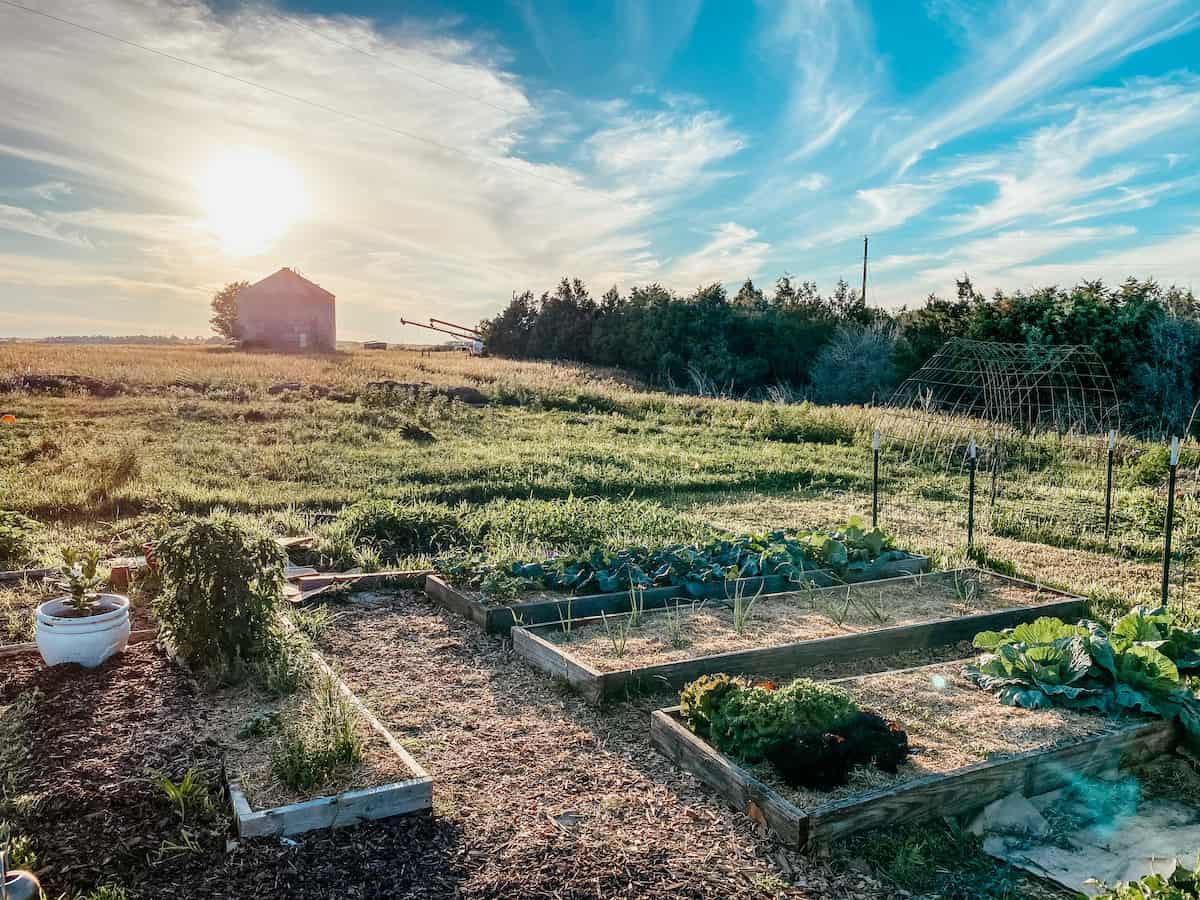
Garden Planters from Old Feed Bunks
We are waiting on our new home to finish up so we are temporarily staying at the family ranch. In the meantime, I still wanted a bit of a garden until we could get to creating our own more permanent design.
My husband was about to retire these old cattle feed bunks. And I snatched a couple of them up to use as frugal raised garden beds.
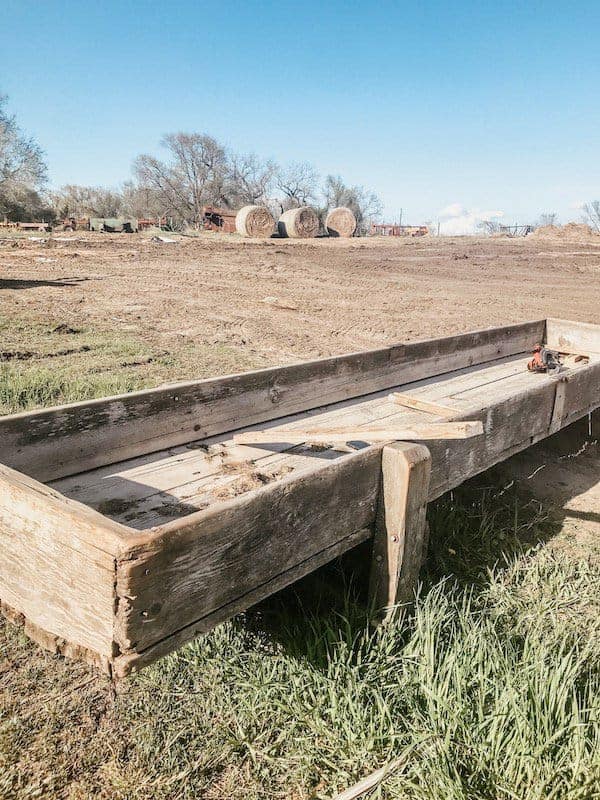
Before I used these old feed bunks as a garden bed, my husband gave it a little more stability with some extra screws. These bunks have seen their share of use around the ranch and I’m so thrilled to give them new life as a raised garden bed.
I will definitely make sure they have a home in our permanent garden design at the new house. And a big part of our greenhouse garden.
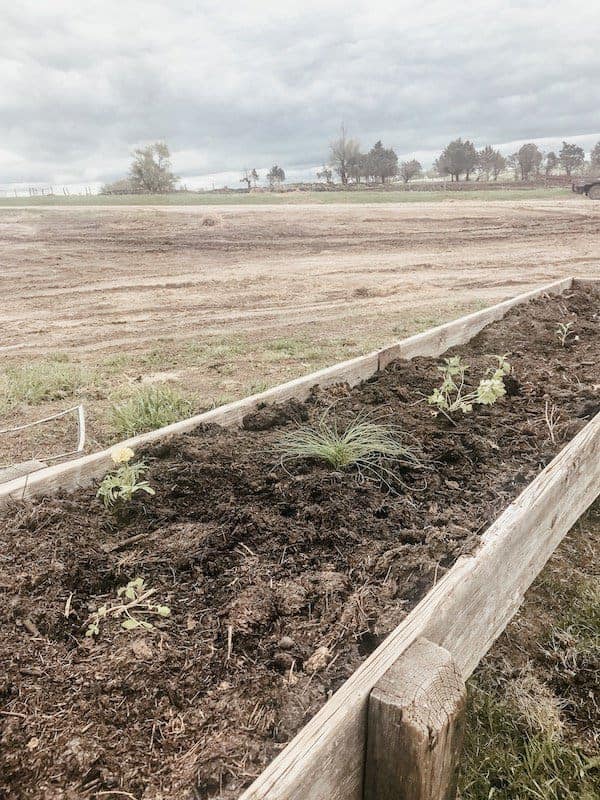
We filled the bunks with great ranch soil. This one is filled with garden gold. Ahem…we cleaned out the goat pens.
No kidding, but the goat manure is the best addition I’ve ever included in my garden!
Want to save this?
And since I’m keeping it simple this year, I filled the beds with a variety of tomatoes, peppers, and herbs from my favorite place to order seeds from High Mowing Seeds, and transplants from Azure Standard.
We are working with limited spaces this growing season, so I worked on planting things that I love and do well together.
Related: The Benefits of Companion Planting

A Few Tips for Getting Started with Raised Bed Gardening
Before you begin construction, determine where in your garden they will be kept. You’ll want to ensure you have the proper amount of sunlight. At a minimum, they’ll need about 6-8 hours of direct sunlight.
A raised garden bed makes a great choice if you don’t have time to battle weeds often. They are much easier to maintain!
Another thing you’ll want to make sure that you don’t overcrowd your space by adding too many plants. Consider each plant’s growing needs and their roots have enough room. Something with a deep root system needs should have at least 8 inches of soil depth.
Be sure to use good compost and garden soil and able to drain all to prevent any excess water.
I really like trying to follow the principles of permaculture because it helps determine what works and doesn’t work for our land and garden needs.
Another Frugal Raised Garden Bed
My friend, Laura shared her upcycled raised garden bed design with me. And these garden planters are adorable. I’m thinking that I need to go hunting for some old galvanized metal to make some!
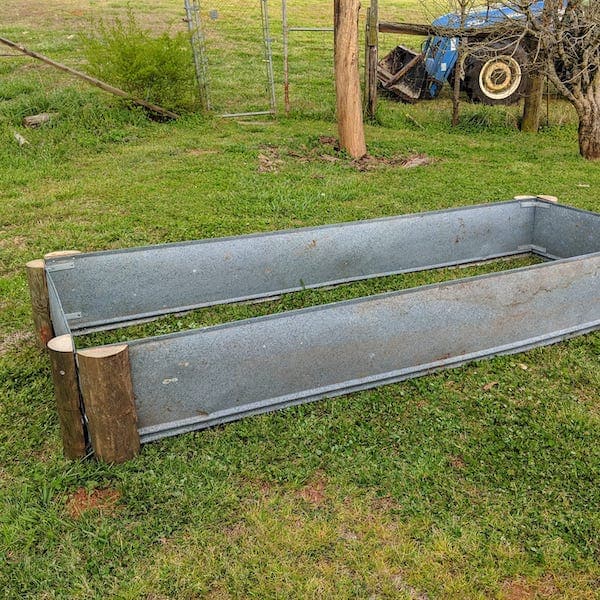
Laura made these raised garden beds by salvaging galvanized metal roofing from a shed on their property. The galvanized metal with the old log corner pieces give it a perfect rustic vibe.
Get more tips from Laura on how to start a vegetable garden and gardening with raised beds.
Inexpensive Raised Garden Bed Ideas
If you are looking for unique raised garden bed ideas, you’re in the right place! I’m all for finding ways to reuse and repurpose things that we already have around the home and ranch.
This allows us to expand our creativity and it saves us money!
Using a raised garden planter is a lot easier on the back and knees. I’m finding my planters much more easy to maintain than a regular garden bed.
These ideas are also perfect if you have limited garden space!
